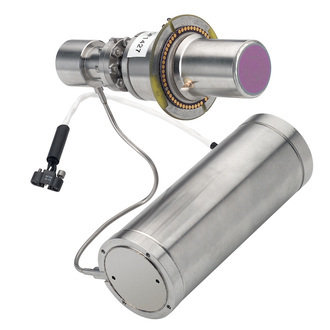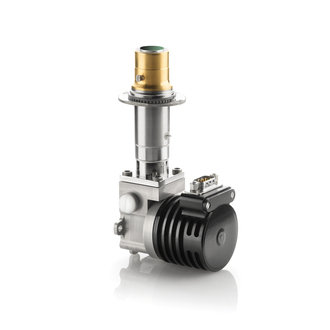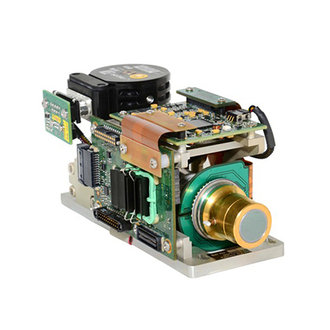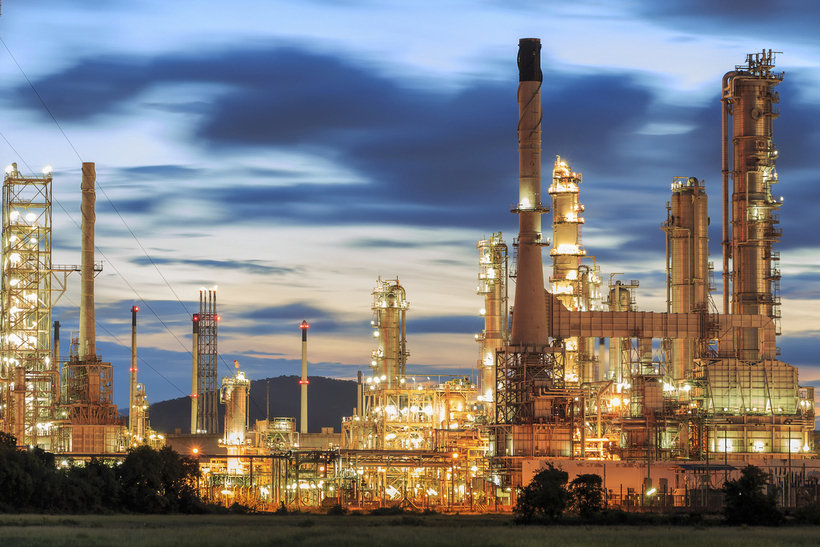
Gas Detection
A toxic gas leak can effect the safety of personnel, cause environmental damage and result in substantial financial impact. The use of Lynred USA infrared camera cores and detectors in portable or fixed systems are used to detect where gas leaks are occurring.
Safeguarding industrial plants and protecting the environment are top priorities today.
A toxic gas leak can cause subtantial damage. A recent case in California, where 1200 tons of methane was inadvertently released, led to the evacuation of 1800 homes. Faced with ever more stringent governmental regulations, industrial
companies are implementing gas detection solutions.
To detect a gas leak in the spectral absorption band, the best solution is to take an infrared image. Infrared cameras can be used either in portable or fixed systems within a range of a few kilometers.
SAFETY OF INDUSTRIAL
By their nature, petrochemical sites are in constant risk of accidents occuring from gas explosions; endangering people’s lives and lowering air quality.
By using infrared cameras to identify gas leakages and associated risks, petrochemical companies can ensure the safety of employees and facilities.
Another important benefit is the financial gain linked to limiting the occurence of gas leakages. Having the ability to identify where gas leaks are occuring along pipeline installations could translate into real cost-savings, and thus generate additional revenue.
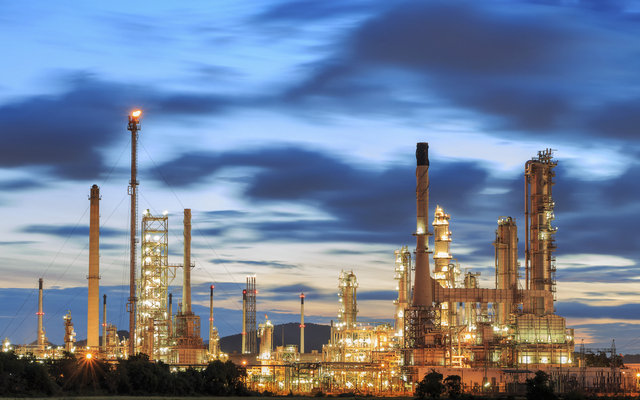
ENVIRONMENT
Recent RIO and COP 21 agreements focused on the importance of all countries significantly reducing greenhouse gas emissions. Volatile Organic Compounds (VOCs) have been identified as the worst for the environment. These gases have their absorption spectrum within the infrared band, allowing infrared
cameras to easily track and identify them.
Methane has a heat effect 28 times higher than CO2 over a 100-year-period and up to 86 times higher over
a 20-year-period. 3% of natural gas flows in methane emission (in addition to « torched » gas).
Reducing this by 1% could provide 2.4 billion in m3 which represent 1,120 million of equivalent CO2 tones per year.
Infrared cameras can be used in Short Wave IR (0.4 to 1.7 μm),
These spectral bands detect all gases.
> Infrared detector sensivity allows the detection of low gas concentration. Imaging can help
in localising leakages.
> An infrared detector is a passive sensor - no radiation occurs, unlike other technologies such as X-ray
or millimeter waves.
> Smart cameras using complex algorithms are able to measure the level of gas concentration within
the atmosphere. This could provide a real advantage for air quality measurement.
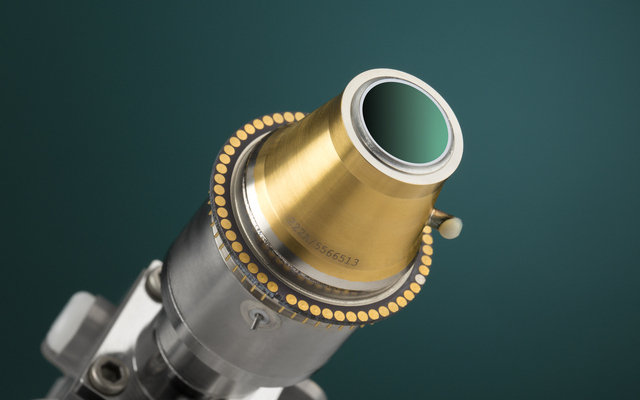
How can we help you?
Contact us